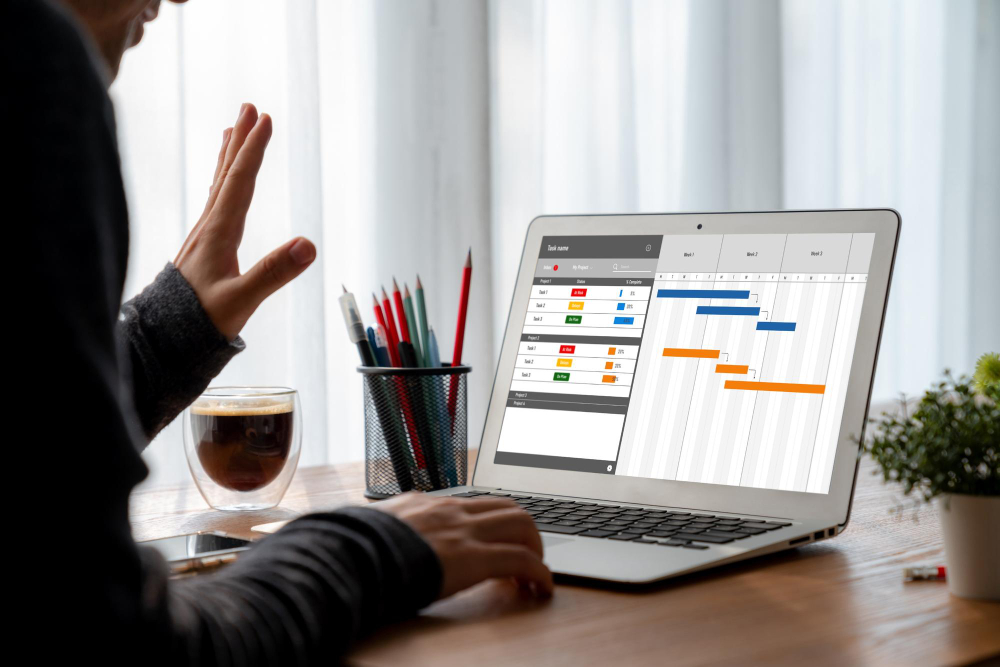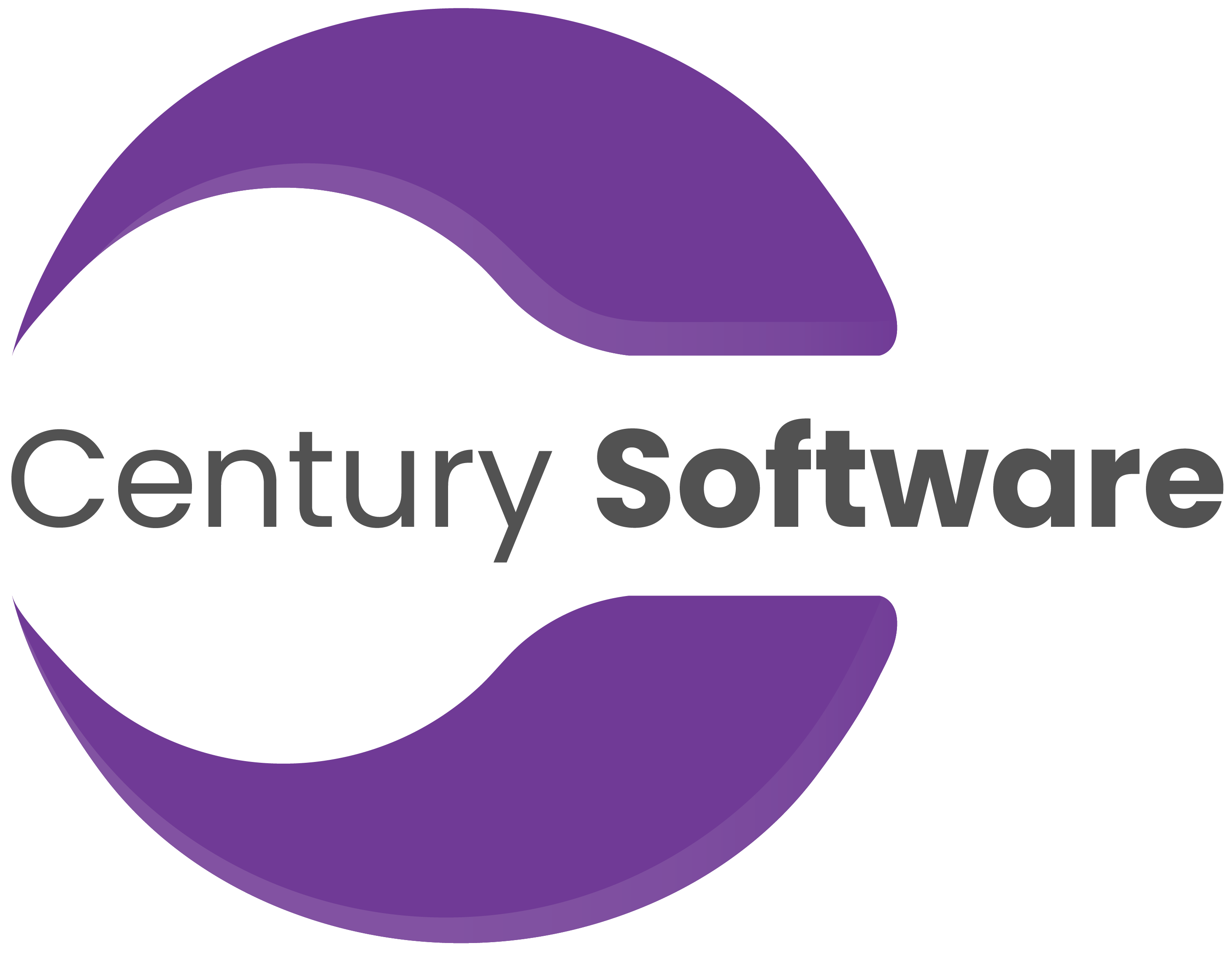
Application Performance Monitoring is a comprehensive approach that focuses on tracking and analyzing the performance of software applications. It is designed to provide real-time visibility into application behavior, end-user experiences, and the underlying infrastructure. By monitoring key performance metrics, such as response times, transaction rates, and error rates, it enables businesses to optimize application performance, improve user satisfaction, and maintain high service availability.



